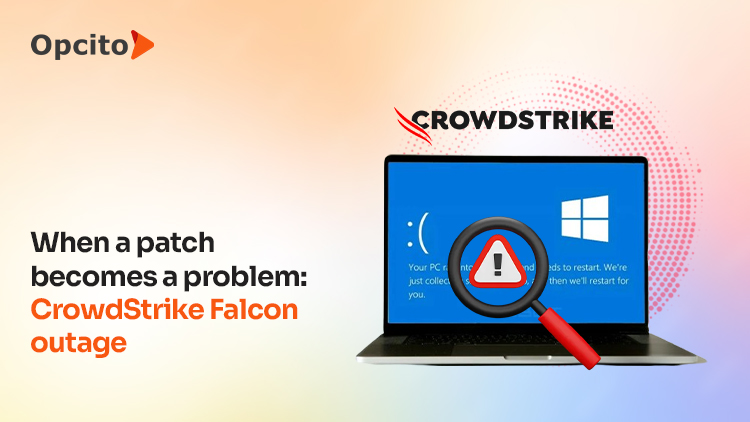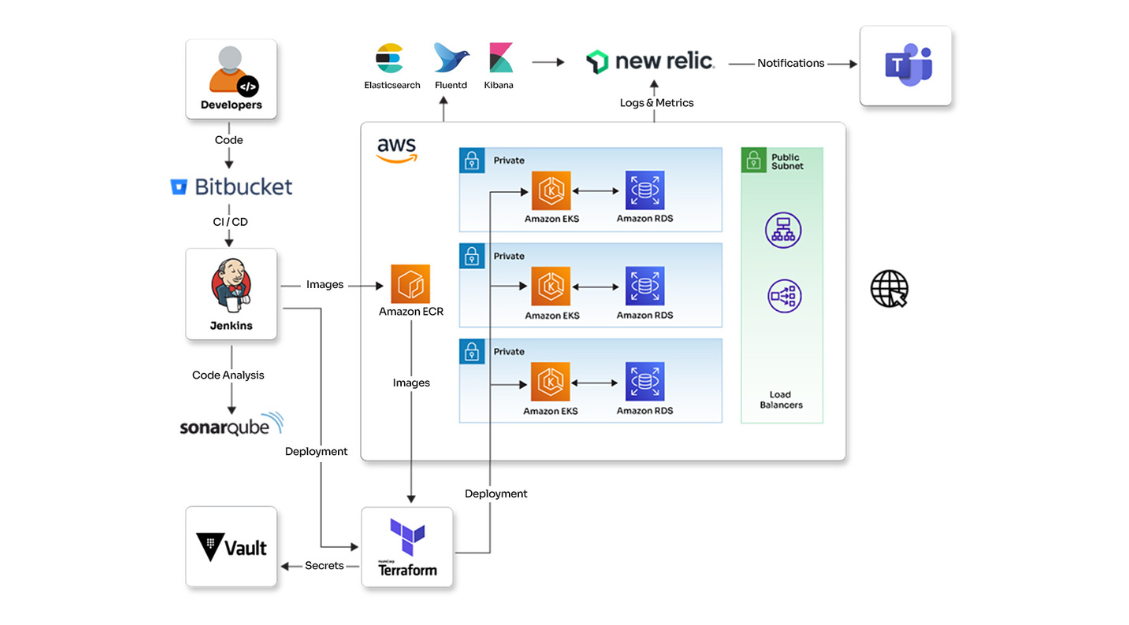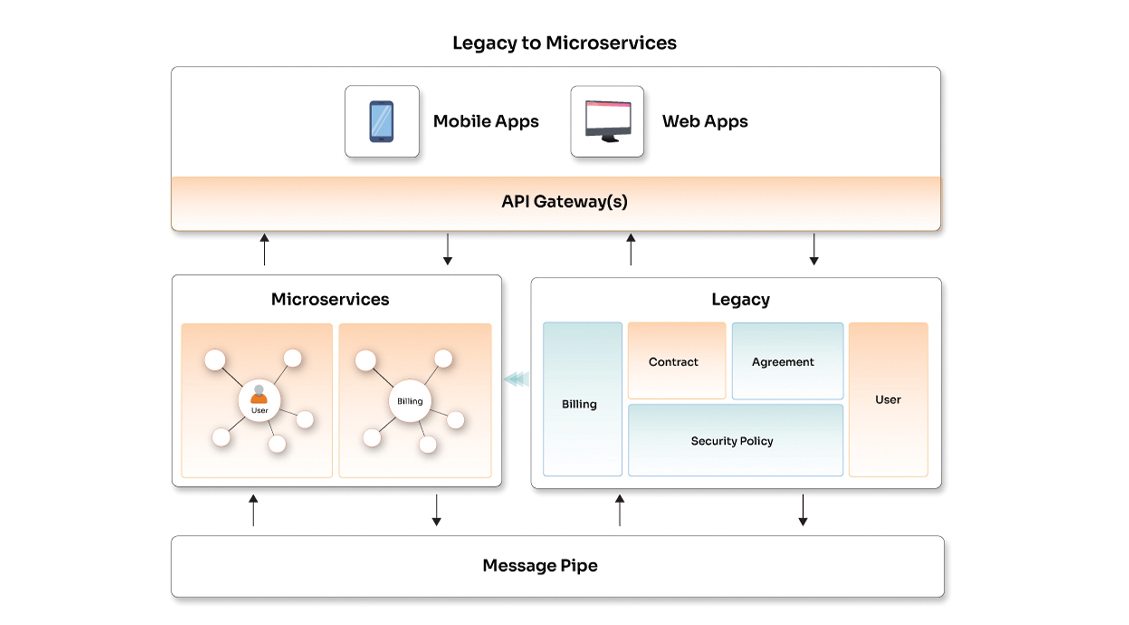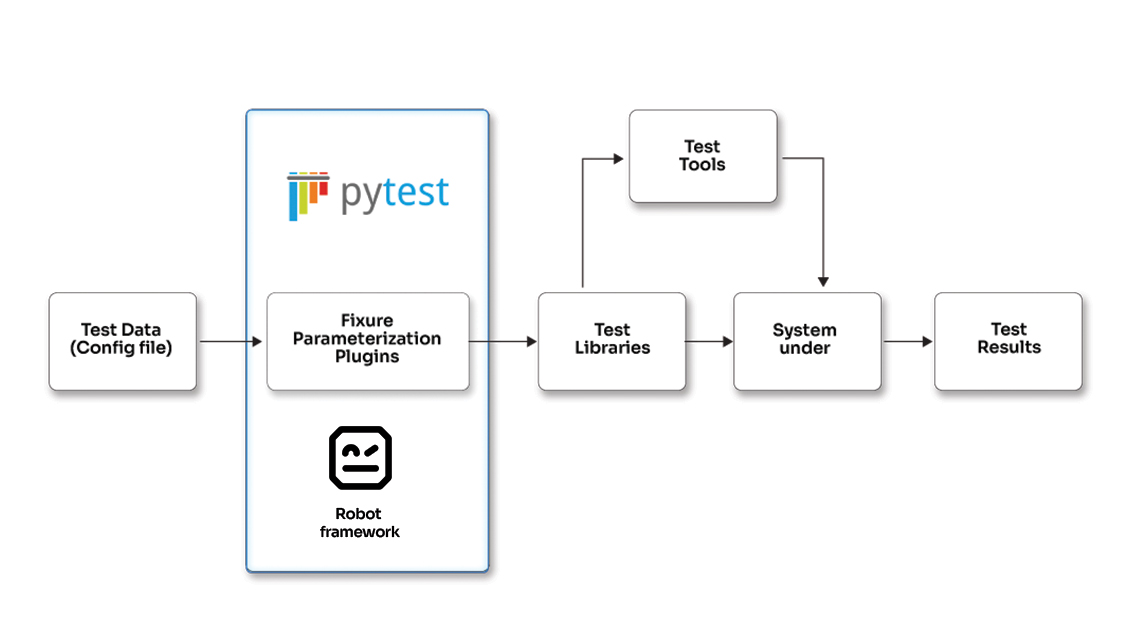Application modernization with microservices and containers
See how Opcito achieved application modernization with microservices and containers
Engagement details
Classic application modernization case of transforming a monolithic application running on on-premise infrastructure to a microservices-based application running on the cloud that addresses problems such as lack of flexibility, GUI bloating and reduced processing speed, and scalability.
Technologies
- Application modernization
- Product Engineering
Benefits
- Flexibility to upgrade individual services with little to zero impact on other services
- Ability to handle increased loads without bottleneck.
Subscribe to our feed
Highlights of OpenStack PTG, Denver
Highlights of OpenStack PTG, Denver
The OpenStack foundation organizes “Project Teams Gathering” every six months, mostly in Q1 and Q3, at the beginning of the development phase of a release cycle. Previously known as the “Design Summit”, the main motive for this event is to discuss the upcoming cycle, solutions for complex issues, and innovative solutions to critical items. I was privileged to attend the Denver PTG this September.
QA Automation using pytest
See how Opcito enhanced QA automation using pytest
Engagement details
Converting existing test-suites written in Robot Framework into pytest for the inherent advantages from pytest like parameterization and a wide range of plugins available with minimum efforts.
Technologies
- QA
- TestOps
Tools and platforms
- Robot
- Pytest
Benefits
- Reduced execution time
- Modular design and custom asserts.
Subscribe to our feed
Go Serverless with Kubeless!
Go Serverless with Kubeless!
In the past few years, cloud computing has been a game changer in a number of ways, and the emergence of serverless computing/architecture is just another example of what cloud tech has been able to achieve.
So, what is serverless?
The phrase "serverless" doesn’t mean servers are no longer involved; it simply means that developers no longer need to worry about server maintenance, outages, and scaling bottlenecks.
From the CEO’s Desk: Application Modernization - Assess, Strategize, Modernize!
Application Modernization - Assess, Strategize, Modernize!
Heraclitus, a Greek philosopher, once said - “Change is the only constant.” We may or may not wish, but things are going to change, and this leaves us with two options – we can be too stubborn to change, or we can embrace the change. Most of the time, especially when it comes to technology, we have nothing but the second option to go with. We need to keep upgrading, modifying, reinventing, refactoring, and repurposing how our IT applications, systems, and environments operate.
Complete infrastructure and application deployment automation using Stacki and Ansible
See how Opcito achieved complete infrastructure and application deployment automation using Stacki and Ansible
Engagement details
Transforming a bare-metal data center environment to a new bare-metal server setup with Linux with a centralized solution that can frequently format and reboot the servers with the given Linux OS. Also, an automated solution to deploy the product application stack with Cloud Stack provision on XenServer, Cloud Foundry provision on Cloud Stack, and Application deployment on Cloud Foundry.
Technologies
- Cloud
- Automation
- Infrastructure modernization
Tools and platforms
- Cloud Foundry
- Cloud Stack
- Linux
- Stacki
- GitHub
- Ansible
Benefits
A centralized control of the complete Infrastructure with ease to manage packages and dependencies.
Subscribe to our feed
From the CEO’s Desk: Ops with AWS
Ops with AWS
Amazon Web Services completed 10 years in 2016, and who would have imagined a computer and storage renting company would compete with the likes of Googles and Microsofts of the world. As a matter of fact, AWS is a leader in cloud infrastructure, as per Gartner’s report, leading past everyone, including Microsoft and Google.
Magic Quadrant for Cloud Infrastructure as a Service, Worldwide:
Automated OpenShift cluster deployment as micro load balancer
See how Opcito Automated OpenShift cluster deployment as micro load balancer
Using OpenShift as a cloud requires creating and configuring the OpenShift cluster. A manual setup process each time can be time-consuming and repetitive. Once the cluster is configured, one needs to add it as a cloud against which a list of services like load balancing, service discovery, health check, and analytics are provided. But to bring up an OpenShift cluster with a single click can turn out to be a big challenge.
Technologies
Containerization
Tools and platforms
- Docker
- OpenShift
Benefits
- Reduced time required for a cluster set up and configuration
- Get the environment running with zero manual steps.
Subscribe to our feed
DevSecOps: Building Security into Your DevOps Processes
DevSecOps: Building Security into Your DevOps Processes
DevOps enables organizations that embrace the movement and culture to be more competitive by enabling faster, more reliable software releases by leveraging automation to replace manual processes involved in shipping software. A side effect of this speed is that security tools and processes need to move at the same pace to keep up. The idea driving DevSecOps or Rugged DevOps is to bake the security testing of the application under development into the process used to ship it.
From the CEO's Desk: TestOps at the Speed of DevOps
From the CEO's Desk: TestOps at the Speed of DevOps
DevOps has been a much talked about trend in recent years. Obviously, I am advocating DevOps along with most of the software professionals who are now reaping the benefits of the collaboration between the Dev and Ops teams, which is helping them release software faster than ever before. With DevOps, now that we have reduced the time taken for software delivery from a few weeks to a few hours, we also need our testing and QA teams to gear up to ensure that the delivered software is what everyone expects it to be.













